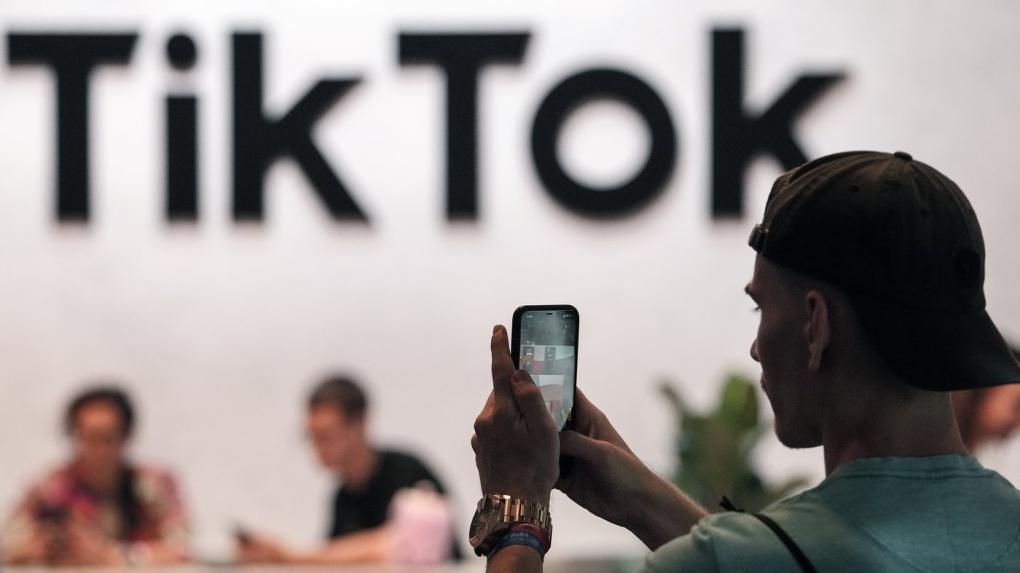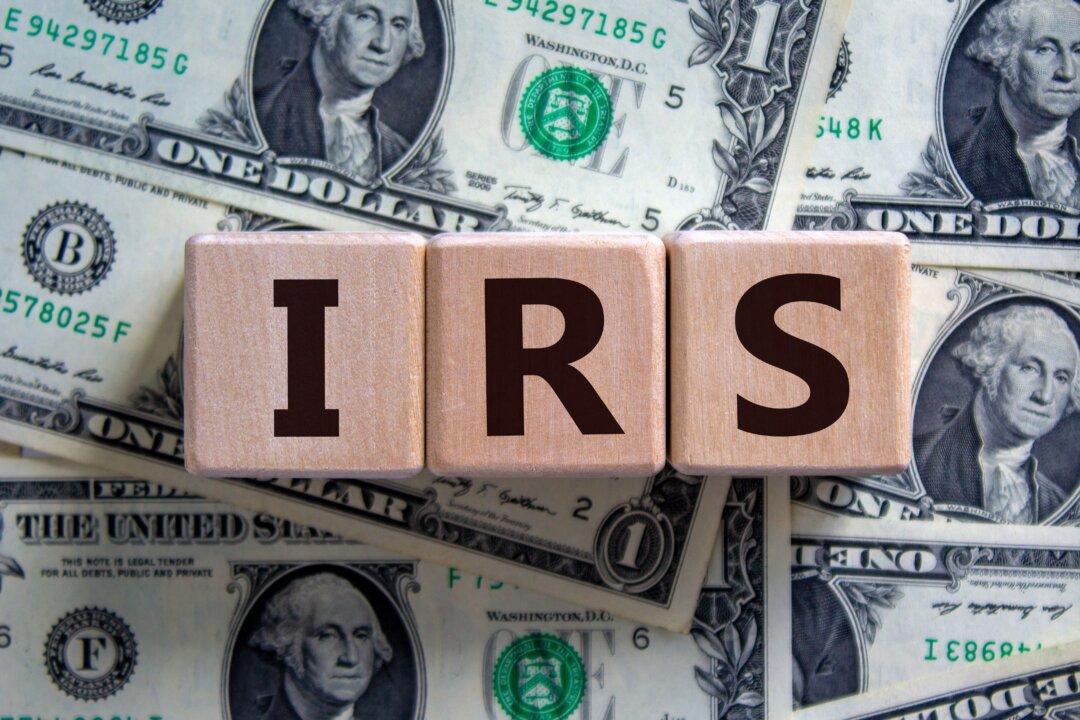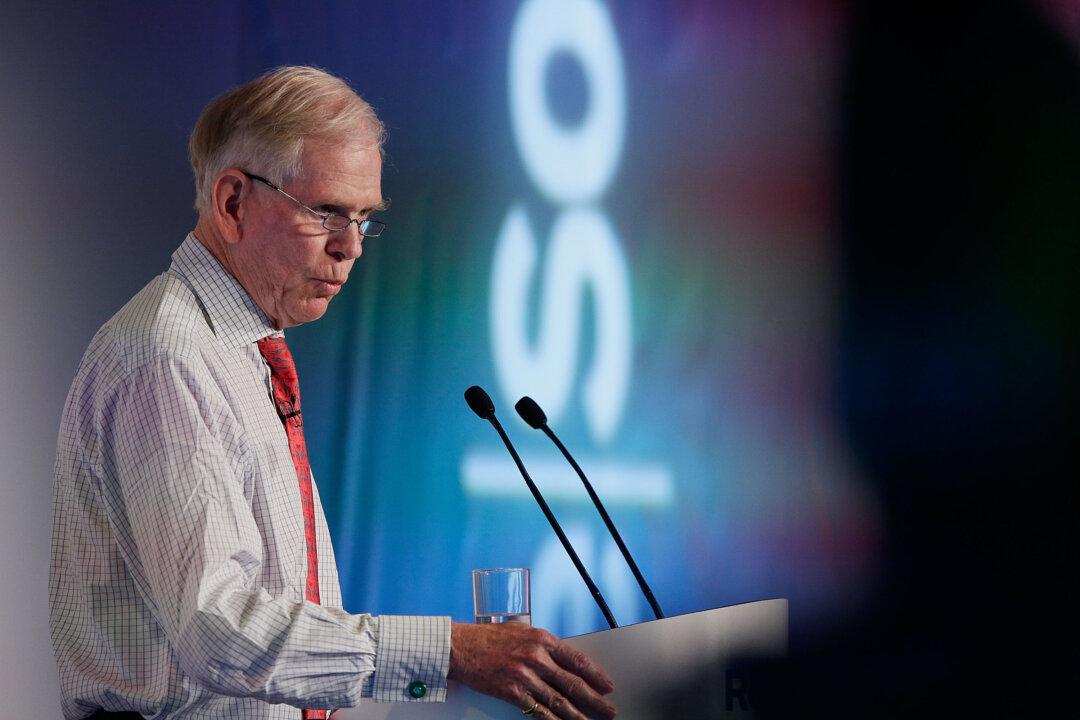A recent report indicates a significant rise in consumer spending over the past year, but the report’s impressive spending figures may lose some of their luster when considered in light of the persistent inflation which has affected the U.S. economy over the same period.
New data from MasterCard SpendingPulse indicates that consumer retail spending (excluding automobile purchases) rose by 8.4 percent year over year in March 2022.





